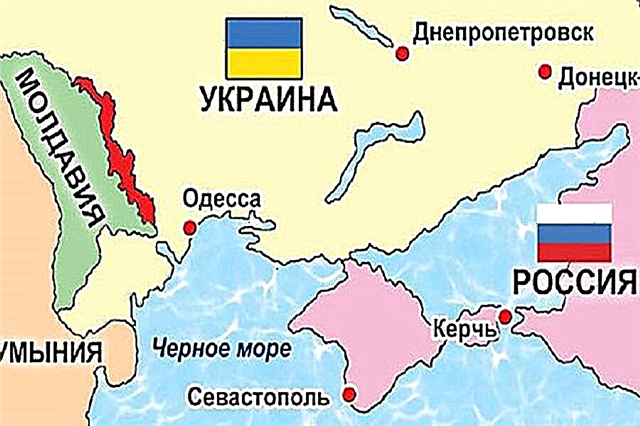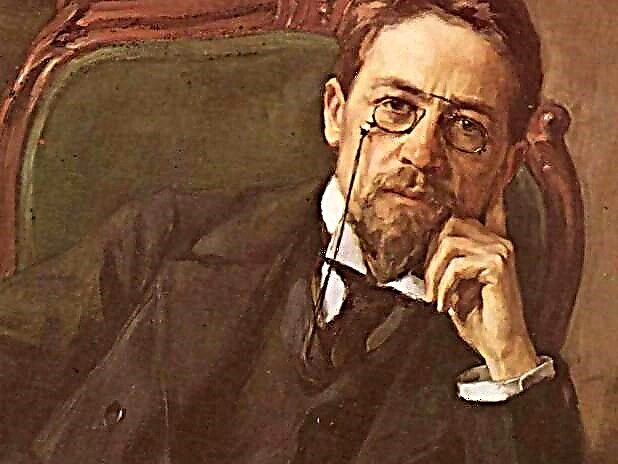Park Guell is an amazing place surrounded by lush trees and exquisite architecture. According to the idea, it was supposed to be an unusual residential area inside the park area, but, despite the special decoration of the entire territory, the inhabitants of Spain did not get the idea. A fairly large area was purchased for construction, but only a few houses appeared on the territory. Now they have become a world heritage, which was included in the famous UNESCO list.
General information about Park Guell
A popular tourist attraction in Spain is located in Barcelona. Its address is Carrer d'Olot, 5. The park is located in an elevated part of the city, so it is easy to see due to the abundance of greenery. The area of the territory is about 17 hectares, while most of the land is occupied by trees and shrubs, in which decorative elements are harmoniously inscribed.
The architect of this natural and cultural monument was Antoni Gaudi. His unique vision and the embodiment of his own ideas in each project turn everyday forms into fabulous sculptures. It is not for nothing that the buildings decorated with it are often referred not to architecture, but to sculptural decoration.
History of the park complex
The idea to create an unusual place where residential buildings are combined with abundant vegetation came to the industrial magnate Eusebi Güell. He visited England and caught fire with a fashionable trend to create eco-areas in which not nature adjusts to the whims of a person, but buildings harmoniously fit into the already existing landscape. Especially for this, an experienced entrepreneur from Catalonia bought 17 hectares of land in 1901 and conditionally divided the entire area into 62 plots, each of which was put up for sale for the purpose of further development.
Despite the promise of the general concept of the future area, the inhabitants of Barcelona did not respond with excitement to Guell's proposal. They were frightened by the hilly terrain, desolation and remoteness of the area from the center. In fact, only two sites were sold, which were bought by people close to the project.
At the first stage of construction, the soil of the hilly area was strengthened, the slopes were ennobled. Then the workers took up the infrastructure: they laid roads to facilitate the transportation of building materials, erected a fence for Park Guell, and formalized the entrance to the area. The architect erected a colonnade to provide entertainment for future residents.
We recommend looking at Casa Batlló.
Then a house was built, which became a visual example for future buildings. According to Guell's idea, the first structure could arouse interest among potential buyers, which would increase the demand for the sites. At the final stage, from 1910 to 1913, Gaudi designed the bench, which has become one of the most popular elements of the famous park.
As a result, two more buildings appeared in the new district. The first was acquired by a friend of Gaudí, the lawyer Trias-y-Domenech, and the second was empty until Guell offered the architect to purchase it at an attractive price. Antonio Gaudi bought a plot with a built house in 1906 and lived in it until 1925. The sample building was eventually bought by Guell himself, who in 1910 converted it into a residence. Due to a commercial failure, the area was later sold to the mayor's office, where it was decided to convert it into a city park.
At the moment, all buildings exist in the form in which they were created. Güell later handed over his residence to the school. Gaudi's house was turned into a national museum, where everyone can admire the creations created by the great designer. Almost all interior items are the result of the inspiring work of a Spanish architect. The third house still belongs to the descendants of the Trias-y-Domenech family.
Architecture and landscape decoration
Today, the inhabitants of the Spanish city are proud of Park Guell, as it is one of the most beautiful creations of Antoni Gaudí. According to tourists' descriptions, the most picturesque place is the main entrance with two gingerbread houses. Both buildings belong to the park administration. From here, a staircase rises up, leading to the Hall of a Hundred Columns. The site is decorated with the Salamander - the symbol of the park and Catalonia. Gaudí loved to use reptiles to decorate his creations, which can also be seen in the design of Barcelona's park.
The main decoration of the park is a bench resembling the curves of a sea serpent. This is a joint creation of the architect and his pupil Josep Maria Zhujol. From the beginning of work on the project, Gaudi asked the workers to bring the discarded remains of glass, ceramics and other building materials, which later came in handy when creating the design of the bench. To make it comfortable, Antonio asked the worker to sit down on the wet mass in order to fix the curve of the back and give the future decor item an anatomical shape. Today, every visitor to Park Guell takes a photo on the famous bench.
In the Room of a Hundred Columns, you can also admire the wavy lines that Gaudí loved to use in his decor. The ceiling is decorated with ceramic mosaics with patterns reminiscent of motifs taken from a bench. The park itself has a unique walking network with intricate terraces. Their uniqueness lies in the fact that they are literally inscribed in nature, as they resemble caves and grottoes surrounded by trees and lush bushes.
Note for tourists
Previously, everyone could freely walk into the park and enjoy the opening view of the city. Nowadays, tariffs for a one-time visit have been introduced, so you can touch art only when you pay for a ticket. If you want to save a little, you should order a ticket on the official website of the park online. Children under seven years old accompanied by adults are admitted free of charge.
Park Guell has limited opening hours that vary with the season. In winter, walking on the terraces is allowed from 8:30 to 18:00, and in summer from 8:00 to 21:30. The division into seasons was chosen conditionally, the boundaries between them are October 25 and March 23. Most often tourists come to Spain in the summer, but the park is not empty during the winter months. The cold season is most preferable for art lovers, in particular Gaudí's works, as at this time it is easiest to avoid the huge lines and the ever-present hustle and bustle.









